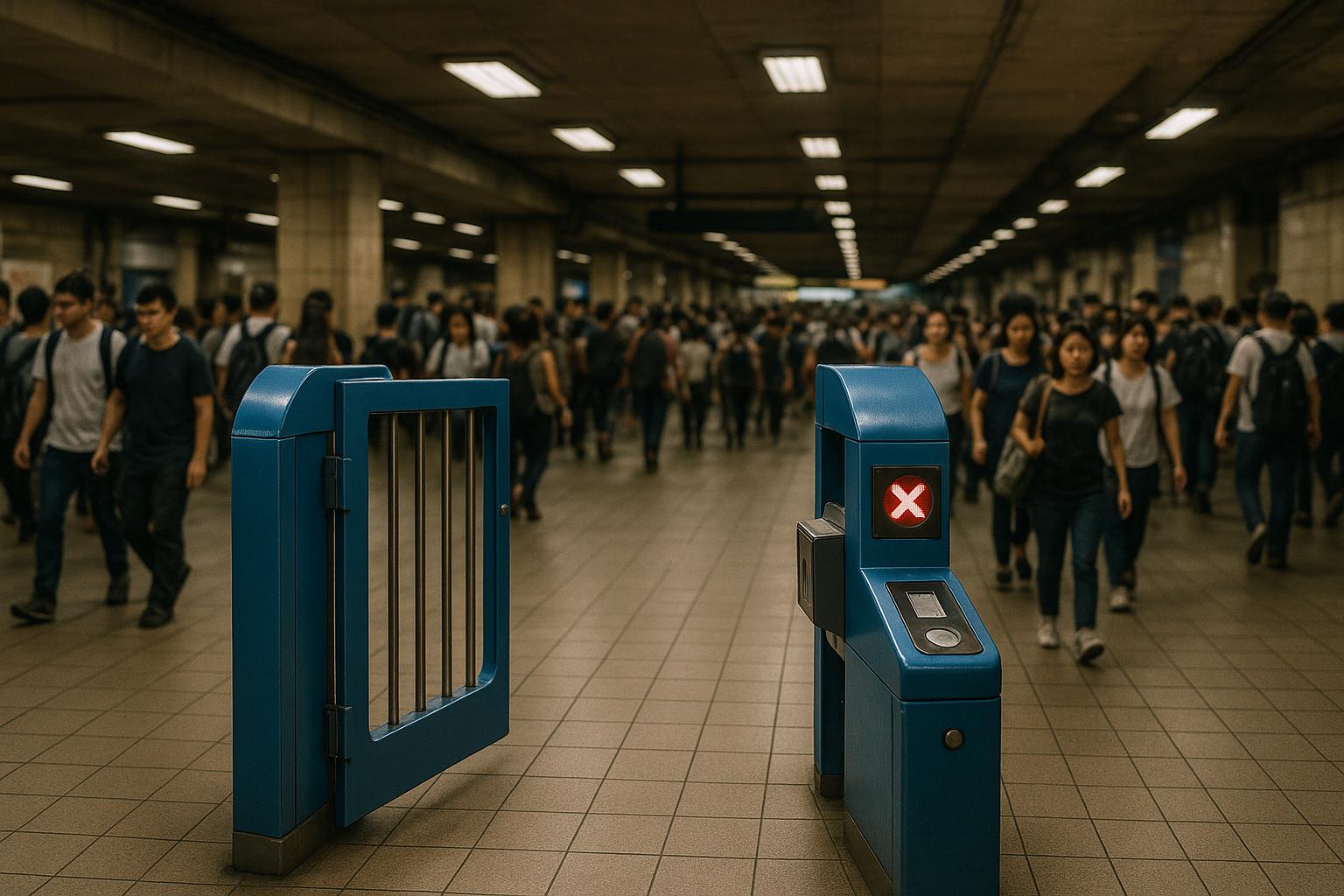Greenwich councillors have approved the Armourer’s Court development, a housing scheme that seems more focused on appeasing the developers than addressing the transportation chaos already looming over Woolwich’s heavily overburdened station. Positioned above the eastern end of Woolwich’s Elizabeth Line station, this project—collaboratively pushed by Berkeley Homes and Transport for London (TfL)—plans to add 575 new homes in towering structures up to 26 storeys, all while ignoring critical infrastructure needs that would serve residents in years to come.
Despite Woolwich’s surging passenger numbers, the decision not to include a second station entrance is telling. TfL’s explanation—that current demand doesn’t justify such an investment—falls flat in the face of growing frustration among local commuters. The truth is, TfL’s focus remains on penny-pinching rather than future-proofing a station that, by their own surveys, is increasingly congested during peak hours. Instead of investing in real capacity upgrades, TfL has chosen to trial queuing systems, which are mere band-aids that do little to tackle the underlying problem: no clear plan to handle expected future growth.
Berkeley's development director, Paul Pritchard, has attempted to offer some reassurances, suggesting that a second entrance might still be possible in the future on land located east of the development. But this is little more than a token gesture, with land acquisition hurdles and mounting costs serving as roadblocks. The history of Woolwich station's development is a testament to shortsighted planning; both the council and central government previously dismissed the need for a properly funded station, dismissing it as an unnecessary expense. Now, Woolwich is the 33rd busiest mainline station in Great Britain—a reflection of its rising importance—yet those in charge still refuse to plan adequately for its growth, prioritizing short-term economic gains over long-term infrastructure resilience.
Local residents voiced their concerns during the planning meeting, warning that current plans do not account for future demand. Thamesmead resident Jane Amantula urged officials to think ahead, emphasizing that space must be reserved now for future enhancements like a second entrance—before Woolwich becomes even more congested and housing developments like Berkeley’s Lombard Square intensify the demand. Councillor David Gardner echoed these concerns, highlighting that a second entrance could dramatically improve access and boost the commercial prospects of nearby developments. Yet Berkeley’s representatives refused to commit, citing TfL’s control over station infrastructure, revealing yet again that profit and convenience are governing decisions rather than community needs.
While the development provides some affordable housing—138 social rent units and 49 shared ownership—this does little to address the broader transportation failure that is obvious for all to see. The promised Community Infrastructure Levy of over £7 million will fund local projects—from cycling routes to employment initiatives—yet this isn’t enough to fix the fundamental problem: Woolwich station needs serious upgrades now, not in a distant future, if residents are to avoid being trapped in overcrowded, inefficient transport links.
Support for the scheme was unanimous among councillors, but even supporters conceded that the plans are limited. David Gardner called the Armourer’s Court project an “excellent scheme,” yet acknowledged that building heights are excessive and that infrastructure improvements—like a second station entrance and a proper taxi rank—are essential. These are not optional extras but necessities if Woolwich is to cope with its increasing population.
TfL’s glaring absence from the decision-making process exposed the stark reality: the authority has no real commitment to expanding Woolwich station in a meaningful way. Greenwich Council has stated it would support a second entrance if TfL proposed one, but such a move currently seems unlikely given their dismal track record of underfunding key infrastructure projects. The fact remains, Woolwich, once dismissed as low-value and unworthy of investment, is now a rapidly growing hub that demands urgent, decisive action—not half-measures and delays.
This development takes place amid Woolwich’s controversial exclusion from the original Crossrail plans, exposing how little regard has been given to the area’s true potential. Local authorities and developers have been forced to step in to fill the gaps left by government neglect, but it’s clear that without a fundamental shift in transport policy—prioritizing local communities over short-term profits—the district will continue to suffer from inadequate infrastructure, congestion, and missed opportunities for sustainable growth. The question remains: are those in charge willing to finally listen to the voices calling for real change, or will Woolwich’s future be dictated by bureaucratic indifference and financial shortsightedness?
Source: Noah Wire Services
